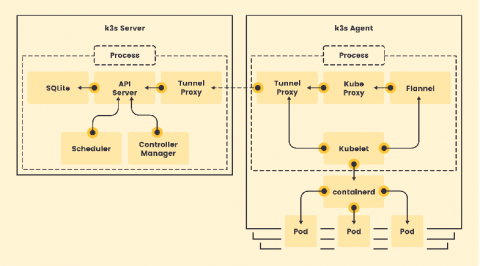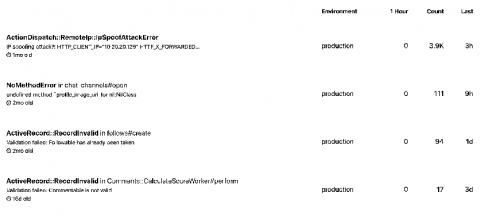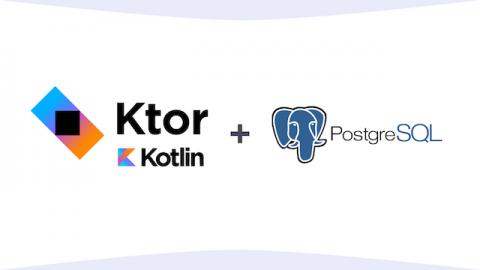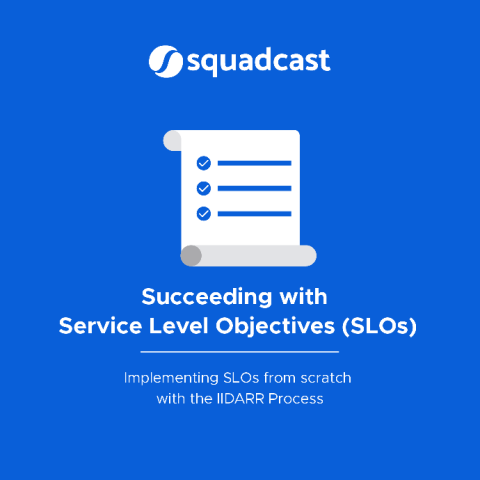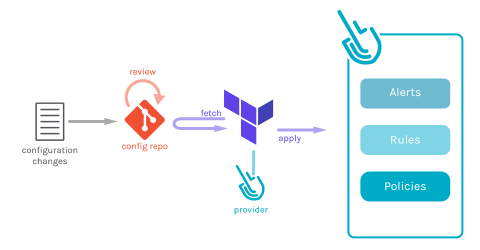Why We Chose k3s to Power our Kubernetes Service
This blog post is an adaptation of a talk I gave at the Cloud Native meetup in Birmingham in the UK in February 2020. It details the advantages of k3s, a lightweight Kubernetes distribution we have deployed as part of a managed Kubernetes service. Developed by Rancher Labs, k3s allows for quick deployments for testing, CI/CD runs and getting to grips with Kubernetes without having to commit to large-scale infrastructure and the costs that would bring.


